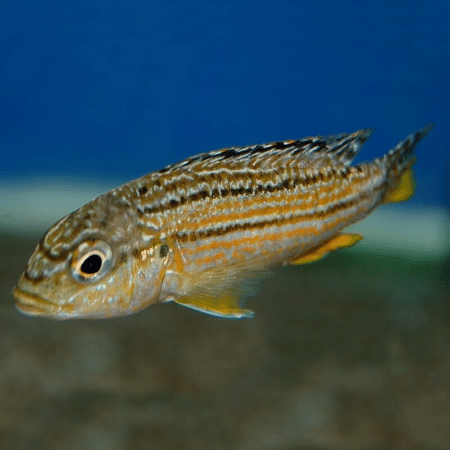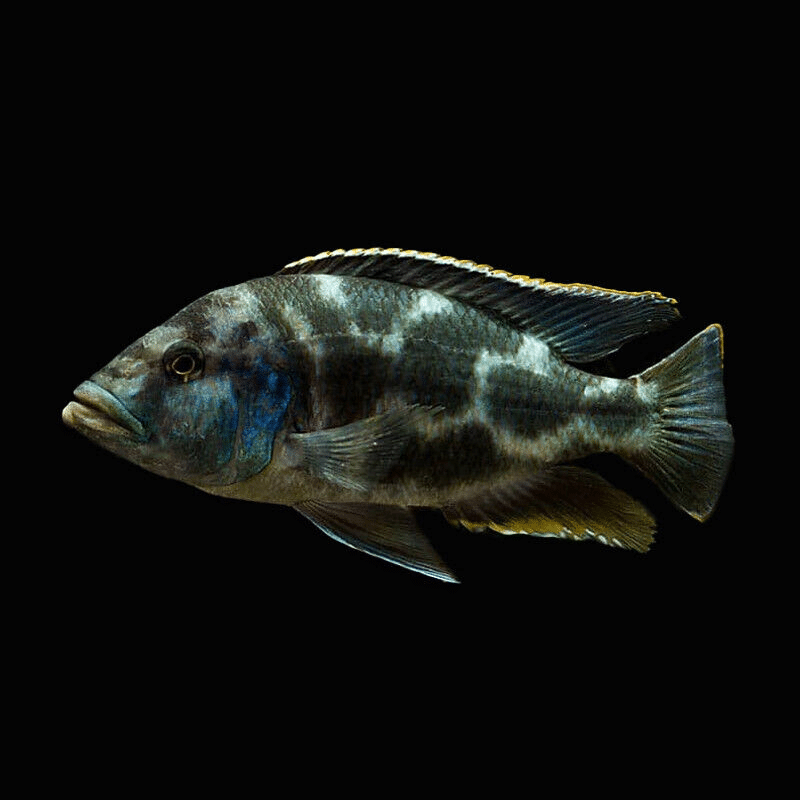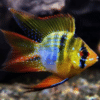-
×
-
×
-
×
-
×
-
×
Subtotal: £125.21


















Emily Carter (verified owner) –
I recently added the Livingston’s Hap Cichlid (Nimbochromis Livingstonii) to my aquarium, and I couldn’t be happier! This vibrant fish brings a splash of color and personality to my tank. After about two months of care, I’ve noticed how wonderfully it interacts with the other cichlids; they’ve formed quite a lively community. The fish’s coloration is breathtaking, especially when it’s swimming in the light.
I feed it high-quality cichlid food that I also use for my other fish, and the Livingston’s Hap has been thriving! I’ve observed healthy growth and a very active demeanor, which reassures me I’m doing the right thing by prioritizing their diet. Compared to other cichlids I’ve kept, this one has a unique charm and is a bit more social, making it a favorite among my family and friends.
The only minor concern I have is that they can be a bit territorial, so ensuring a proper tank setup with hiding spots is essential. If you’re looking for an aquarium fish that’s both beautiful and engaging, I highly recommend this cichlid. It’s perfect for intermediate hobbyists who want to explore the fascinating behaviors of Lake Malawi cichlids. I’ll definitely be adding more of these stunning fish to my collection!
Emily Carter (verified owner) –
I recently added the Livingston’s Hap Cichlid (Nimbochromis Livingstonii) to my aquarium, and I couldn’t be happier with my choice! After just two weeks, I’ve seen this stunning tropical fish adapt wonderfully to its new environment. The colors are incredibly vivid, showcasing hues of blue and yellow that truly enhance the visual appeal of my setup. I’ve had cichlids before, but this one stands out for its graceful movements and unique personality.
What I appreciate most is its peaceful nature, especially compared to other cichlid species that can be aggressive. This makes it perfect for my mixed tank, where I house various other peaceful species. The subtle behavior of the Livingston’s Hap has brought a new level of excitement to my aquarium. Just a heads up, they do require a bit of space and hiding spots, so make sure your aquarium is well-maintained and has plenty of nooks and crannies! Overall, I highly recommend this fish to anyone looking to brighten up their tank. It’s a joy to watch, and I will definitely be purchasing more in the future!